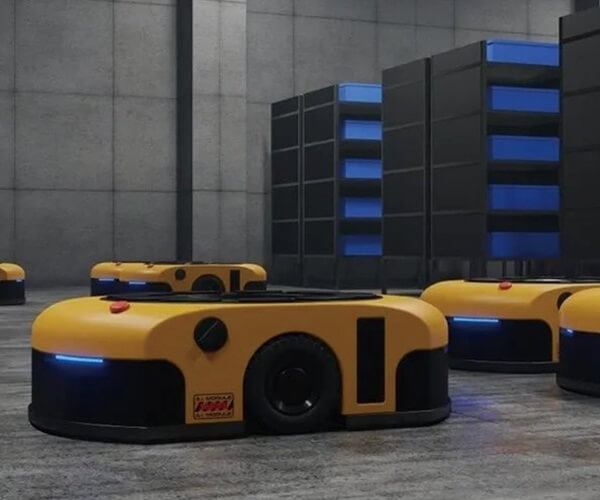In the fast-evolving world of industrial automation, achieving impeccable precision while maintaining speed and flexibility is the holy grail. Enter the duo that is transforming how machines move, adapt, and deliver: servo drives and servo motors. These two components work hand-in-hand to create dynamic motion systems that are not only reliable but remarkably intelligent, capable of changing the landscape of manufacturing, robotics, aerospace, and more.

At the heart of modern motion control systems, servo technology embodies the pursuit of exactness. Traditionally, motors—such as induction and DC motors—have powered countless machines and devices. While effective, they often offered limited control and adaptability. Servo motors and drives revolutionized this paradigm by introducing a level of control precision that borders on artistry, enabling machines to perform highly intricate and coordinated movements with ease.
So, what exactly are these components? A servo motor is a rotary or linear actuator that precisely controls angular or linear position, velocity, and acceleration. Unlike regular motors that simply spin or move, servo motors are engineered for accuracy, swiftly adjusting their position based on the feedback they receive from their environment or control systems.
On the other side, the servo drive acts as the brain—an intelligent controller that processes commands from a master control system (such as a PLC), compares the desired position or speed with the actual feedback from the servo motor, and then adjusts the power supplied to the motor accordingly. This continuous feedback loop is what allows servo systems to achieve such remarkable precision.
The synergy between servo drives and servo motors isn’t just about moving things from point A to point B. It’s about doing so with finesse: ultra-smooth rotations, quick acceleration, precise stopping, and adaptive responses to real-world conditions. This is what makes them invaluable in applications where micrometer-level accuracy can make or break performance—think semiconductor manufacturing, robotic arms assembling delicate electronics, or high-speed pick-and-place machines.
One of the reasons servo systems have gained popularity is their high level of integration with modern digital control architectures. Thanks to advancements in electronics and software, servo drives are now equipped with complex algorithms, such as PID (Proportional-Integral-Derivative), feedforward control, and advanced diagnostics. These features empower engineers to fine-tune their motion profiles, optimize energy consumption, and anticipate maintenance needs, thereby reducing downtime.
Furthermore, servo motors come in various forms—AC, DC, brushless, and even linear variants—each suited for specific applications. Brushless DC (BLDC) servo motors, for instance, are particularly popular due to their high efficiency, low maintenance, and excellent controllability. These characteristics make them ideal for robotics, CNC machines, and automation lines where consistency and reliability are non-negotiable.
The real power of servo drives and motors also lies in their adaptability. Modern servo systems can seamlessly integrate with Industry 4.0 standards, offering connectivity options such as Ethernet/IP, EtherCAT, and PROFINET. This connectivity lets factories centralize data collection, monitor machine health in real time, and implement intelligent automation strategies that push productivity to new heights.
But, it's not just about tech specs—it's about how these components fit into broader mechanical and operational systems. Designing a servo system involves selecting the right motor size, tuning the drive parameters, and optimizing feedback mechanisms. This ensures that the machine’s movement is not only accurate but also efficient, avoiding energy waste and reducing wear and tear.
In essence, the combination of servo drives and servo motors embodies the leap towards smarter manufacturing. Industries are increasingly demanding systems that can handle complex tasks—maneuvering fragile components, adapting to changing conditions, and performing with the agility of a human operator. Servo systems deliver on these demands, providing a level of control that transforms automation from simple repetition to sophisticated, high-precision processing.
In our next installment, we will delve deeper into how the inner workings of servo drives and motors enable these capabilities, explore specific applications across various industries, and discuss upcoming trends shaping the future of servo technology. Whether you're an engineer, a business owner, or simply a tech enthusiast, understanding the essentials of servo systems will reveal why they are truly the backbone of contemporary motion control.
Kpower has delivered professional drive system solutions to over 500 enterprise clients globally with products covering various fields such as Smart Home Systems, Automatic Electronics, Robotics, Precision Agriculture, Drones, and Industrial Automation.




































